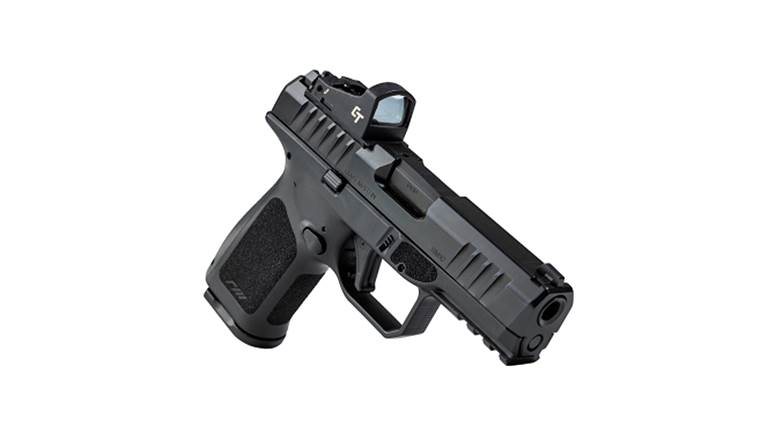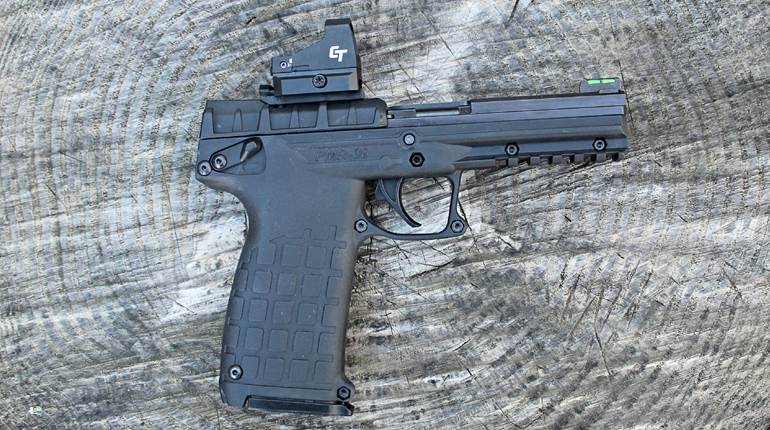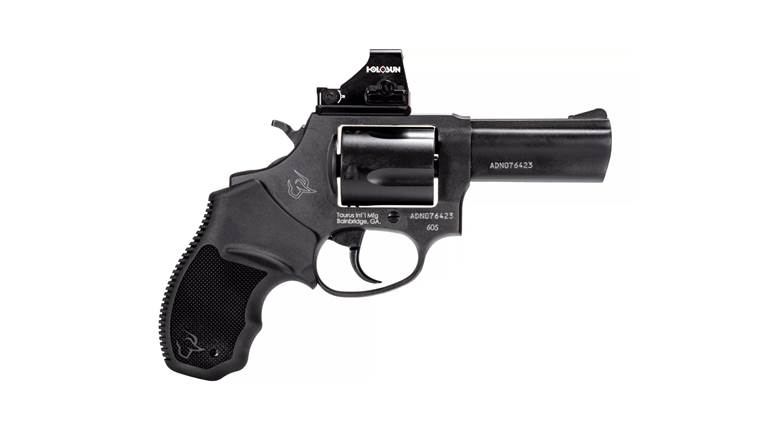
It seems like everyone is going green these days, recycling and driving hybrid cars. Now even Crimson Trace is joining the craze by introducing a green laser Laserguard.
For years, red was the chosen laser for self-defense, meaning it was the only type of laser available. Red lasers have efficiently served military, police and civilians for years, especially in dark situations where red really stands out. But in bright sunlight, red lasers can be difficult to see unless the target is close at hand. That is why green lasers are the latest fashion in the gun industry. Green is much easier to see in lighted conditions, as it is closer to the visible color spectrum for the human eye. Unfortunately, green laser diodes are larger, hotter and less energy efficient than red diodes.
That is why Crimson Trace has introduced its first green laser in the Laserguard series. The Laserguard allows the use of the larger diodes required. It’s going to take a few more advances in the field before Lasergrips go green.
Of course, the question is: Are green lasers easy to see and use? To my eye, the answer is yes. In side by side comparisons of two Laserguards—one red, one green—green excelled over red in almost all lighting situations at 50 yards. Only in complete darkness did red run pretty much equal to green, but it didn’t run any better. Green seemed a little easier to see, but the differences were pretty negligible. But as the light increased, red became more difficult to see becoming near useless in full indoor light, and completely invisible in daylight. Green, on the other hand, was visible in the lit-up range and could even be used on a bright sunny day at self-defense range.
Currently, green laser Laserguards are available for full-size and compact Glocks, Springfield XDs and XD(M)s and Kimber and Smith & Wesson 1911s for $299, which is only about $80 more than the red Laserguards. I’m guessing that more will be coming.





































